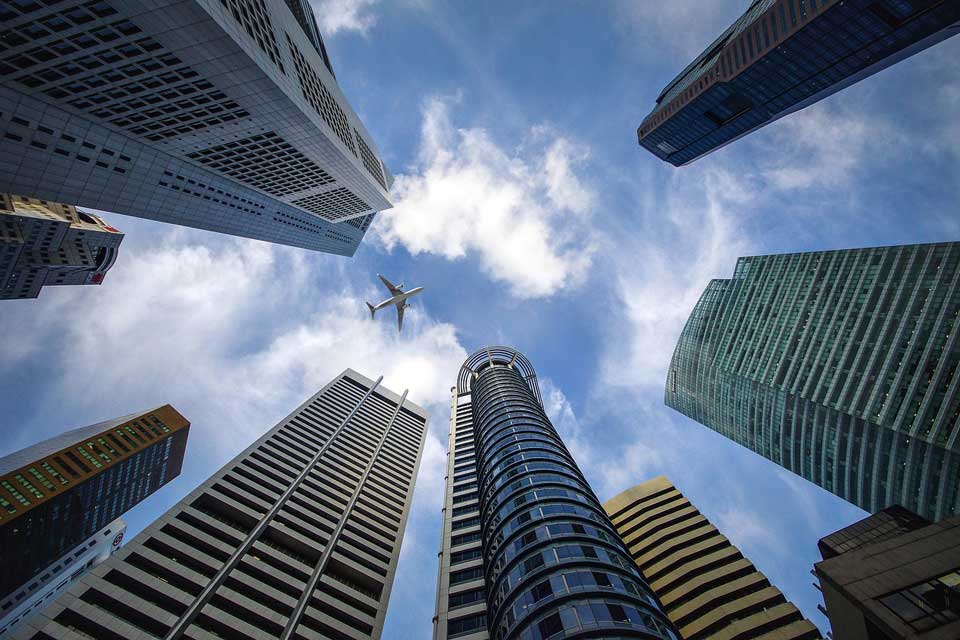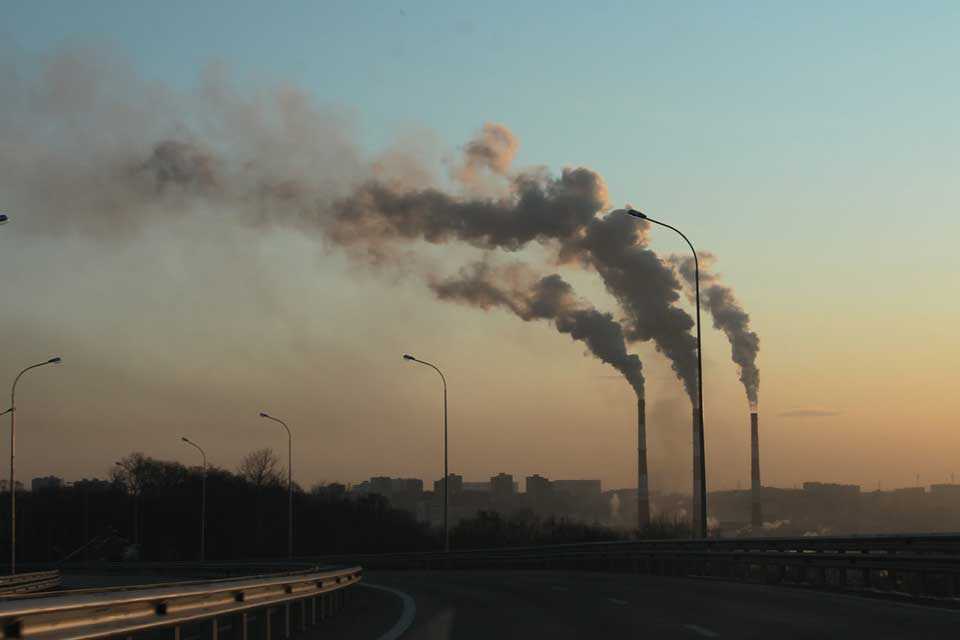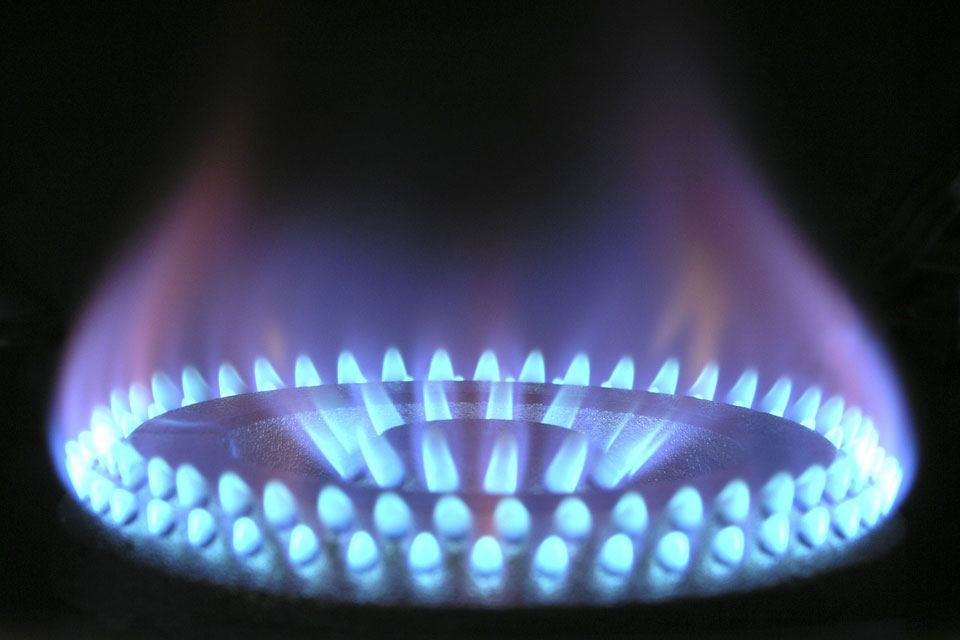Sustainability: How food and drink businesses can succeed
https://energymanagementsummit.co.uk/wp-content/uploads/2021/08/Catering.jpg 960 640 Stuart O'Brien Stuart O'Brien https://secure.gravatar.com/avatar/81af0597d5c9bfe2231f1397b411745a?s=96&d=mm&r=gDue to climate change, embracing sustainability is no longer a matter of choice for businesses. Mounting public pressure and government legislations means companies big and small are having to make essential changes to become more sustainable.
This is particularly true for energy and carbon-intensive industries like food and drink manufacturing. As the largest manufacturing sector in the UK and fourth-highest industrial energy user in the country they have a vital role to play. And with global population figures expected to reach 9.3 billion by 2050, the industry will need to manage a 50-70% upsurge in food demand.
Latest figures show the industry is making good progress, highlighted by the Food and Drink Federation (FDF). Statistics show its members achieved a significant 53.2% reduction in CO2 emissions compared to figures from 1990.
For the businesses that already see sustainability as a vital part of their operation, the environment isn’t the only thing benefitting. Many are seeing a positive impact on their bottom line too. Barclays research shows that 75% of UK businesses commercially benefit from going green.
Against this backdrop, dairy energy supplier Flogas Britain looks at why it makes perfect business sense for food and drink manufacturers to adopt a sustainable strategy.
Improved energy efficiency
As some of the country’s highest energy users, it’s no surprise that fuel is the primary source of their greenhouse gas emissions. In some cases, energy accounts for more than 15% of expenditure costs. This shows that, not only can businesses reduce their carbon footprint, but they can make good cost savings too.
With many businesses that are off the main gas grid still reliant on fossil fuels like oil, a switch to cleaner, greener fuels like liquefied petroleum gas (LPG) or liquefied natural gas (LNG) can be the perfect solution for reducing their carbon footprint and potentially cutting costs.
Waste reduction
Food and drink manufacturing generates high volumes of waste through the products themselves and the packaging they use. WRAP statistics show that the UK produces food waste worth £1.1 billion annually — a staggering fact that needs to drop dramatically.
Food waste isn’t just bad for the planet though, it can be bad for business too. The FDF’s ‘Ambition 2025 – Shaping Sustainable Value Chains,’ has set a goal for the industry to send zero food waste to landfill and minimise waste across the entire supply chain.
Packaging is another topic high on the list of sustainable priorities. Food and drink manufacturers account for two-thirds of the EU’s waste packaging by weight, so the fight to reduce the reliance on plastic is a big challenge.
Investment in packaging innovation can have a positive impact on the environment and to profit margins. Packaging optimisation can help eliminate waste, cut carbon emissions and create efficiencies that save time and money.
Attract talent and investors
It’s not just consumers who are curious about a company’s sustainability efforts. Strong eco credentials can also help attract talent, whilst also improving engagement and retention of staff.
Sustainable business practices have become the leading factor in the hiring and retention of employees. People on the hunt for a new role are actively reviewing the companies they want to work for based on their eco credentials.
According to a survey of institutional investors, 98 per cent of respondents said a company with strong ESG (Environmental, Social, and Corporate Governance) initiatives make for an attractive and lucrative investment.
A business booster
For food and drink manufacturers, becoming more sustainable is a situation that has virtually no downside. From enhancing energy efficiency and reducing waste, to improving brand image and attracting talent, it really does make perfect sense for manufacturers to green as soon as possible.







